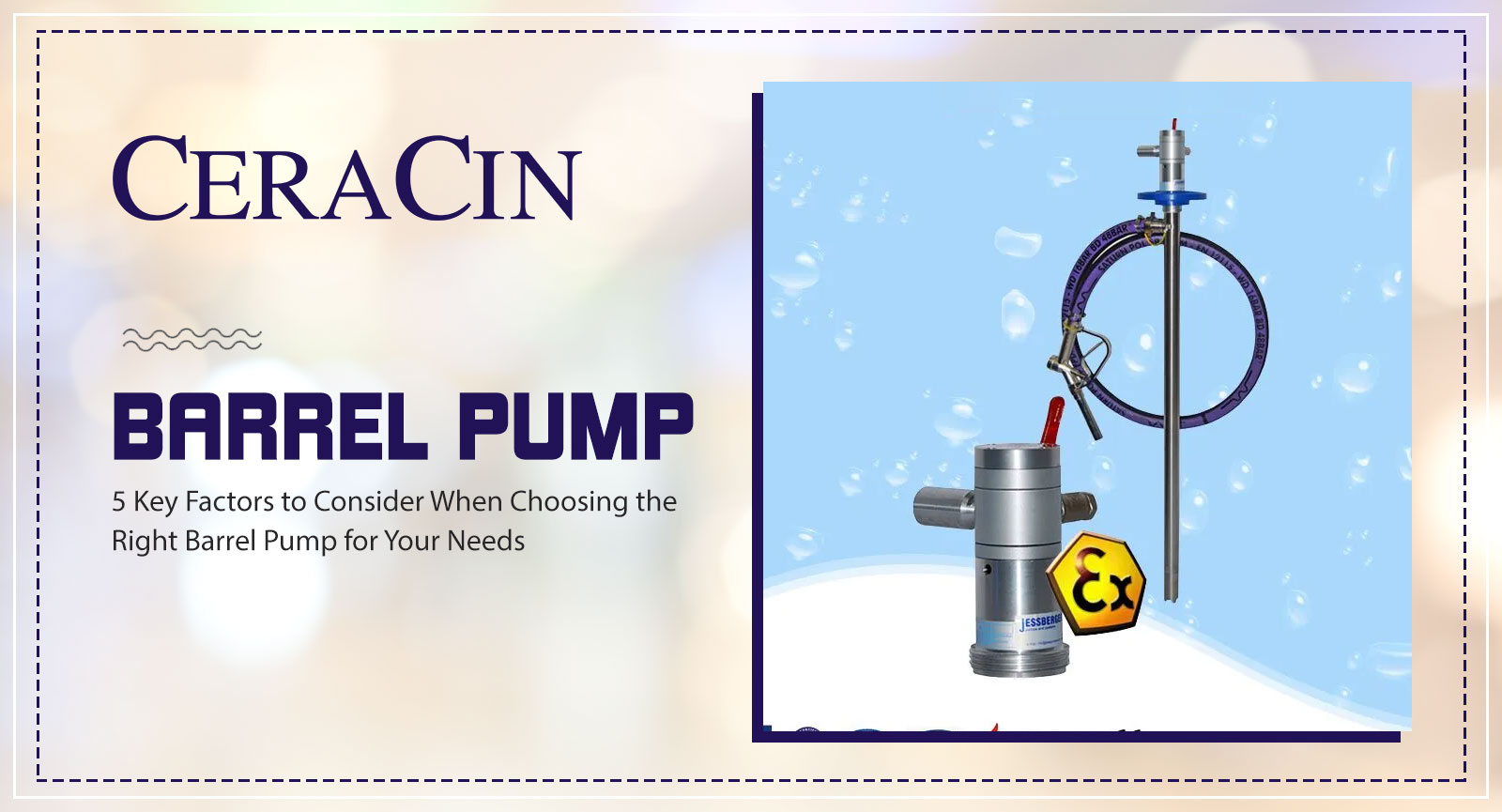Alright, so when you’re dealing with acids, especially getting them out of those big, heavy barrels, you quickly realize not just any pump will do. It’s a bit of a tricky business if you’re not careful, and I’ve had my share of moments figuring things out.

I remember this one time, we had to transfer a fair bit of corrosive stuff – can’t recall if it was sulfuric or hydrochloric, but definitely not something you want on your skin – from a standard 55-gallon drum into smaller, more manageable containers for a specific process. The old way, trying to tip and pour? Forget about it. Too risky, too messy.
So, the first step was getting a proper barrel pump for acid. You can’t just use any old pump from the hardware store. That’s asking for trouble. Acids will eat through the wrong materials faster than you can say “oops.” We had to make sure the one we got was made of something like polypropylene or PVDF, something that laughs in the face of nasty chemicals. I spent a bit of time looking at options, making sure it was rated for the kind of acid we were handling. No cutting corners there.
Once the pump arrived, the next thing on my mind was safety. This isn’t like pumping water, you know? So, it was time to gear up. My checklist usually goes something like this:
- Chemical-resistant gloves, the thick kind.
- Safety goggles, and usually a full face shield over that. Better safe than sorry.
- A chemical-resistant apron or suit, depending on how much splashing I anticipated.
- Ensuring good ventilation in the area. You don’t want to be breathing in those fumes.
With all the gear on, I carefully unsealed the barrel. Then, I took the pump – it was one of those manual lever-action types, pretty straightforward – and slowly inserted the suction tube down into the acid. You want to do this gently, avoid any sudden movements or splashes. I made sure the pump was securely seated in the bung opening. Some folks just jam it in, but I like to make sure it’s stable.
Then came the actual pumping. I started with slow, steady strokes on the lever. You don’t want to go at it like you’re trying to win a race. A controlled flow is key. Watched the acid come up the tube and out through the spout into our first container. It’s always a bit of a relief when it starts flowing smoothly and you see it going where it’s supposed to go. I kept an eye on the container levels, switching them out as they filled. It was a repetitive process, but you gotta stay focused.
After we transferred all the acid we needed, the job wasn’t over. Next came the careful part of removing the pump. I let it drain back into the barrel as much as possible, then slowly pulled it out. Then, the cleanup. This is just as important. Rinsing the pump thoroughly according to its instructions, usually with plenty of water, making sure no acid residue was left on it or the surrounding area. And, of course, safely storing the pump for next time.
What I really took away from these kinds of tasks is that having the right tool makes all the difference between a nightmare and a smooth operation. And that safety gear? It’s not just for show. It’s your best friend when working with stuff like this. It might seem like a lot of fuss for a simple transfer, but when it comes to acids, a little extra care goes a long, long way. At the end of the day, the job got done, no spills, no one got hurt, and that’s what matters.

